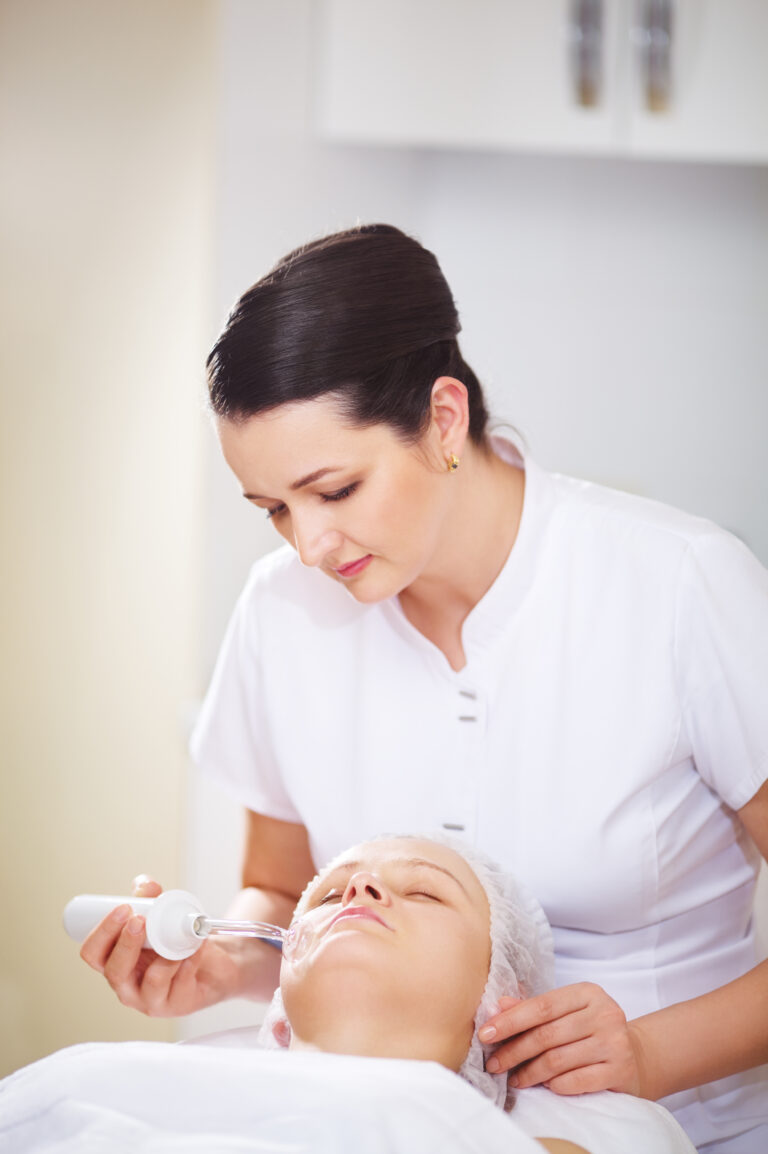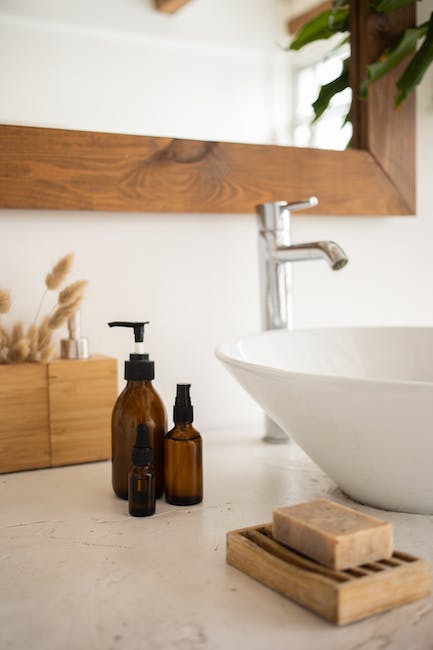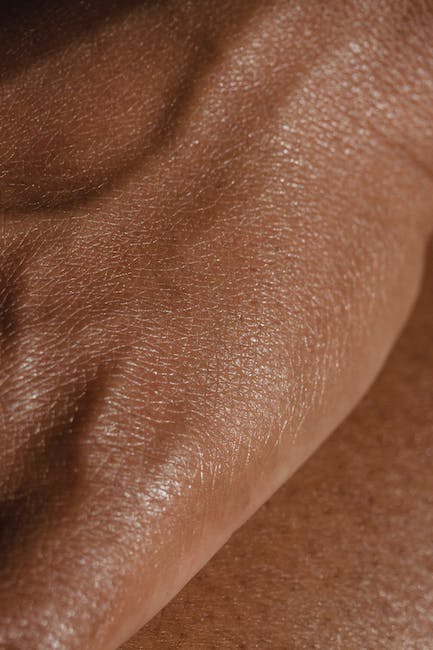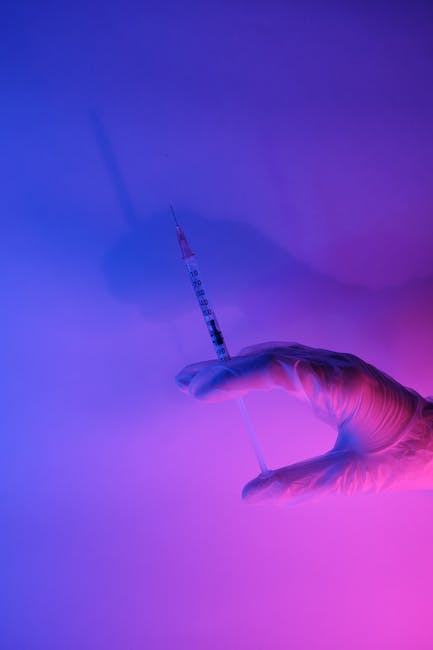LED Light Therapy for Treating Sun Damage: Repairing UV-induced Skin Concerns
Exposure to the sun is undoubtedly delightful, but prolonged or unprotected exposure can cause significant damage to our skin. The sun’s harmful ultraviolet (UV) rays are responsible for various skin concerns such as sunburn, hyperpigmentation, wrinkles, and even skin cancer. Fortunately, advancements in the field of skincare have introduced LED light therapy as an effective solution for repairing UV-induced skin damage and revitalizing the complexion.
The Science Behind Sun Damage
Before delving into the benefits of LED light therapy, let’s understand how sun exposure affects our skin. The sun emits two types of UV rays: UVA and UVB. UVA rays penetrate deep into the skin, leading to premature aging, while UVB rays cause immediate damage, resulting in sunburn. Overexposure to these rays can also break down the collagen and elastin fibers in our skin, leading to sagging and wrinkles.
Introducing LED Light Therapy
LED light therapy, also known as phototherapy, is a non-invasive treatment that utilizes different colors of LED lights to address various skin concerns. Unlike sunlight, LED light therapy emits light at specific wavelengths without harmful UV rays, making it safe and suitable for all skin types. It works by penetrating the skin’s surface and stimulating cellular activity, promoting collagen production, reducing inflammation, and accelerating the healing process.
The Power of LED Lights
LED light therapy employs different colors of light, each targeting specific skin concerns. Red LED light, for example, is predominantly used to repair sun-damaged skin. It enhances collagen and elastin production, reducing the appearance of fine lines and wrinkles caused by UV exposure. This rejuvenating light therapy also improves blood circulation, promoting the delivery of oxygen and nutrients to the skin cells.
Additionally, red LED light has anti-inflammatory properties, reducing redness and inflammation caused by sunburn. It helps repair damaged skin cells, fading hyperpigmentation caused by excessive sun exposure and leaving the skin with a more even tone and texture. By increasing ATP production (adenosine triphosphate), red LED light provides energy to our skin cells, aiding in the repair and regeneration process.
Combating Hyperpigmentation and Sun Spots
Sunspots and hyperpigmentation are common concerns resulting from long-term sun exposure. These dark patches occur due to overproduction of melanin, the pigment responsible for protecting our skin against UV damage. Fortunately, LED light therapy effectively treats these concerns.
One of the most effective treatments for hyperpigmentation is LED light therapy combined with the use of blue and red LED lights. Blue LED light acts by killing bacteria that contribute to acne breakouts, preventing further damage and reducing the risk of post-inflammatory hyperpigmentation. Red LED light therapy, on the other hand, promotes collagen production, leading to the gradual fading of existing hyperpigmentation.
A Safer Alternative to Traditional Treatments
Unlike traditional treatments for sun damage, such as chemical peels or laser resurfacing, LED light therapy is painless, non-invasive, and requires no downtime. Traditional treatments often come with risks of side effects, including skin irritation, redness, and prolonged healing periods. In contrast, LED light therapy delivers targeted results with minimal discomfort and no damage to the outer layer of the skin, making it a safer and more convenient option for treating sun damage.
Conclusion
When it comes to repairing UV-induced skin concerns, LED light therapy shines as an effective and safe treatment option. By stimulating cellular activity and promoting collagen production, LED light therapy assists in reducing fine lines, wrinkles, hyperpigmentation, and sunspots caused by sun exposure. Embrace the power of LED light therapy for refreshed, rejuvenated, and healthier-looking skin.







